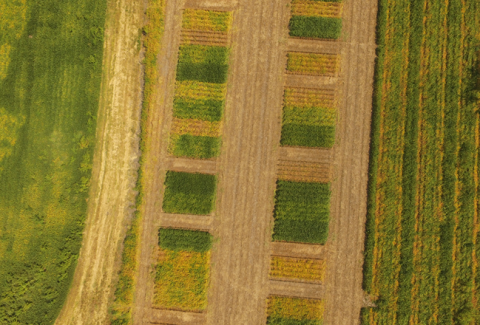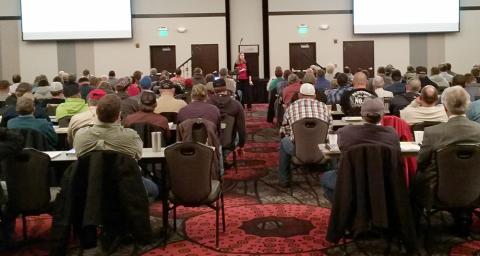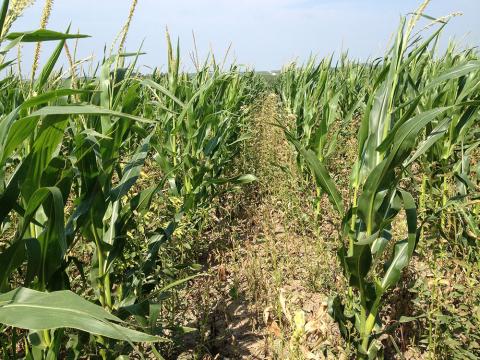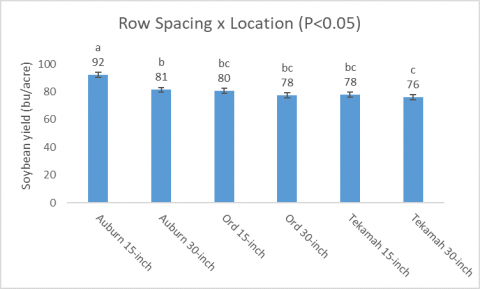Using Cover Crops as a Weed Management Tool for Managing Herbicide-Resistant Weeds
January 9, 2019
Cover crop research trials were conducted in 2017-2018 at the UNL Havelock Research Farm near Lincoln to discover the impact of soybean maturity group, planting date, termination date, and herbicide use on on management of winter- and summer-annual weeds.
Crop Production Clinics, Recertification Training at 5 Sites
December 10, 2018
This year's Crop Production Clinics offer some new timely topics and focus on local crop challenges. They also offer training for pesticide applicator recertification at five locations across the state.
Weed Management Considerations Following Hail Damage to Corn or Soybean
July 12, 2018
Following a hail event, crop canopy development can be severely delayed or damaged, which can lead to increased weed development and pressure. This story looks at factors to consider when selecting among mid-season weed control options in storm-damaged fields.
Integrating Cover Crops into a Corn and Soybean Cropping System
January 8, 2018
An article from the Proceedings of the 2018 Nebraska Extension Crop Production Clinics on recent research to understand the impact of planting dates, plant populations, and corn (Zea mays L.) hybrid comparative relative maturity (CRM) on corn growth, kernel moisture content, and corn yield prior to cover crops.
Farmers Sought for On-Farm Research Trials
April 6, 2018
The Nebraska On-Farm Research Network is seeking growers to conduct research trials. At this time they are particularly seeking on-farm researchers for a study of Commence seed treatment and one comparing yields from various CRM hybrids. Other studies are available or new ones can be customized to fit a grower's needs.
Results from 2017 Soybean Study and Insights for 2018 Planting
February 22, 2018
University researchers report results from studies conducted on herbicide tolerance trait, row spacing (15-inch vs. 30-inch), and soybean maturities (early vs. late) at three locations of the Soybean Management Field Days in summer 2017.
Results of 2017 Survey on Nebraska Soybean Farmers’ Adoption of Xtend Technology and Off-Target Dicamba Movement
December 14, 2017
In summer 2017, 312 Nebraska farmers from 60 counties responded to a survey on their perception on dicamba use in Xtend soybeans. The survey asked about outcomes of applying dicamba in Xtend soybeans and perceived injury in non-Xtend soybeans.
Tell Us about Your Dicamba Use and Suspected Injury in Soybean
August 18, 2017
Nebraska Extension educators and specialists would like to hear from growers and agribusiness about their experiences with dicamba this season. Information can be shared via an online survey or by contacting them directly with the email provided.








